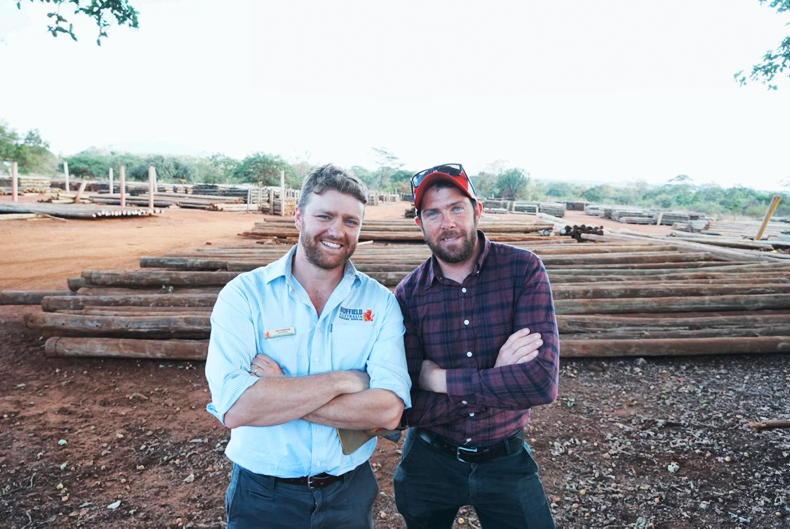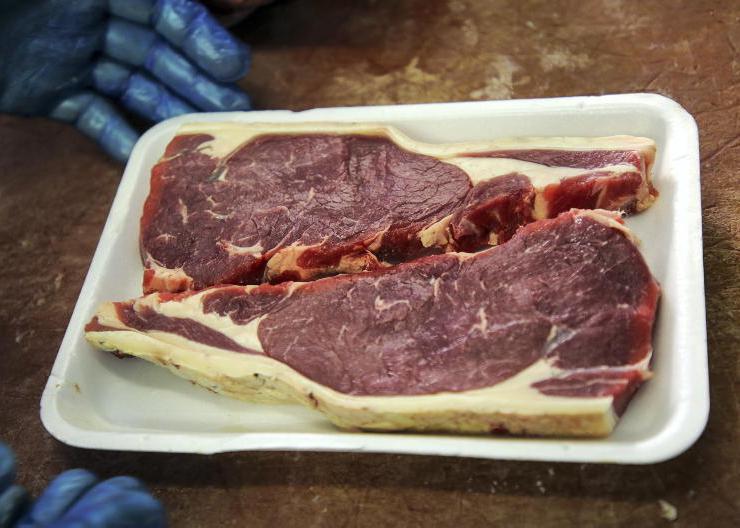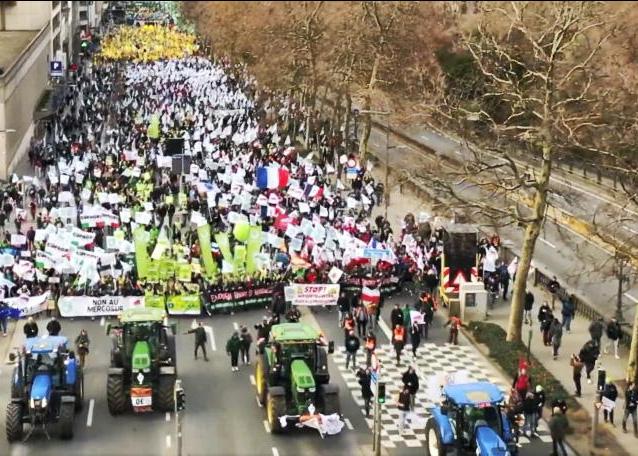Costs
Global dairy markets continue to weaken. What effect this will have on farm gate milk prices for 2023 remains to be seen, but what is certain is that current market returns are a lot less than the current milk price.
Of course there is a lag phase with forward contracts and forward selling, but a milk price drop is highly likely. My fear is that it could catch some farmers by surprise.
Costs are way out of sync compared to where they should be. For example, dairy ration was costing around €330/t this time last year and now its north of €450/t in most places – a 36% increase. There is a big difference in feed costs between some merchants.
Farmers will need to focus on buying cheaper and using less to keep costs down. Another area that needs to be looked at is the land rental market.
There is a lot of talk about dairy farmers paying huge money for land. In some cases this is undoubtedly true, but in other cases stories get legs. It would be folly to pay over the odds for a long term lease - who knows what the dairy market will return over the next decade?
I heard of one case last week where a dairy farmer leased land for huge money - over €500/acre, thinking he needed the extra land for nitrates, but when he sat down with his adviser it turned out his organic stocking rate was already under 220kg N/ha so he didn’t need any extra land to comply with new nitrates rules.
There is no bravado in paying too much for something that you don’t even own.
Calving
There can often be problems at the start of calving such as stillbirths, milk fever, e-coli, etc. As heifers tend to make up a high proportion of the first 20% of cows to calve, some of these problems are to be expected and milkings can be challenging. If going through problems, talk to your vet to come up with solutions.
These things usually pass but in the case of milk fever, action needs to be taken to prevent other cows from getting it. Doing once a day milking for the first few weeks is a good labour saving tool and allows heifers to settle in.
It also frees up time for other jobs around the yard. Feeding silage for two or three days at a time will mean there is one less task to be done on the days it’s not fed.
Finally, make sure liners have been changed in the parlour, check that the bulk tank is working correctly and that automatic calf feeders are working correctly. Pipes and wires can sometimes get damaged after being idle since last spring.
Soil samples
Reminder that all farmers stocked above 130kg N/ha or organic nitrogen must carry out soil sampling in order to have an allowance for chemical phosphorus or to import slurry.
It’s based on the previous year’s stocking rate, which is available on the Agfood website.
There is a four to five week delay in getting soil sample results back, meaning those that need samples for their derogation need to act soon. There continues to be uncertainty surrounding banding, with some indications that 2023 could yet be used to calculate yield.










SHARING OPTIONS